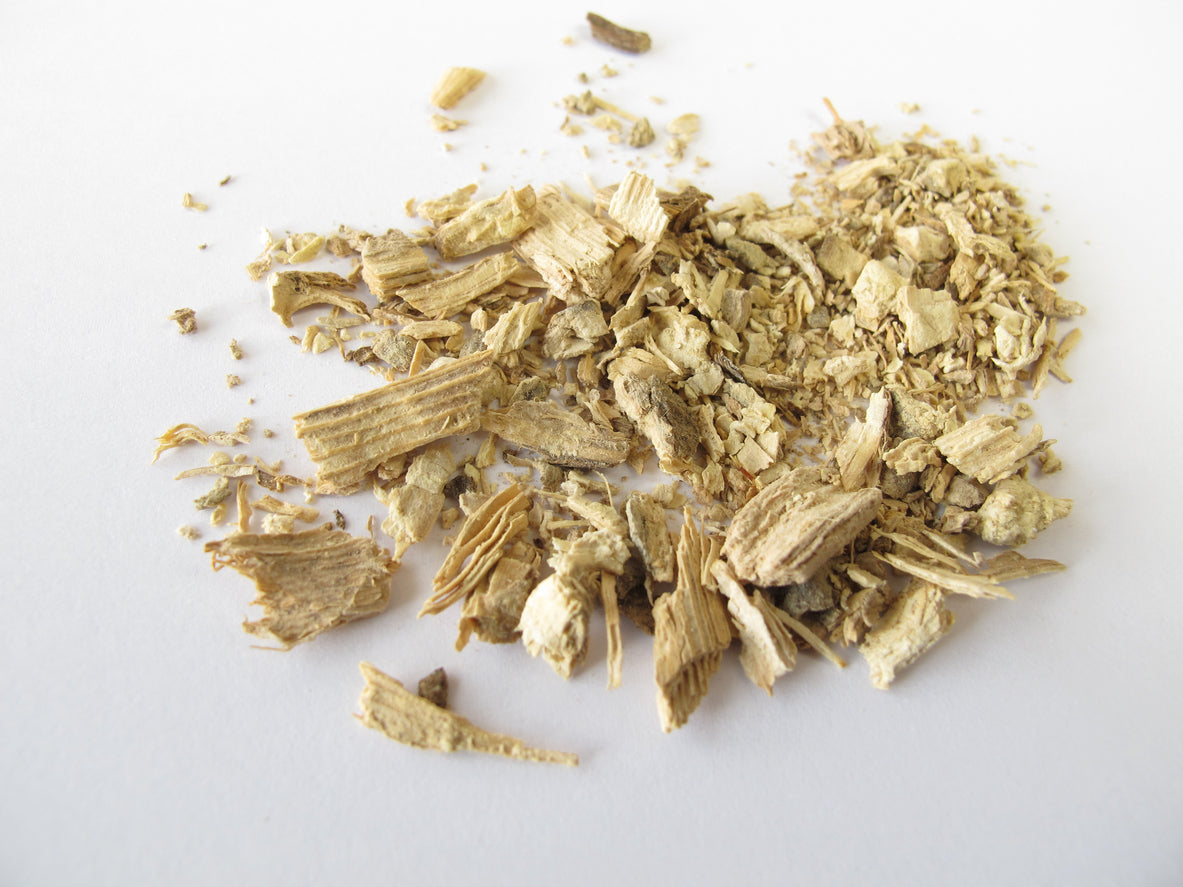
There are several misconceptions about kava, a drink originating from the South Pacific Islands. Individuals and communities have been consuming kava tea for thousands of years without any known negative incidents. This alone should tell be enough to sustain kava’s positive reputation.
However, there are a handful of reports claiming kava is not as great as reported. Some even claim there is such a thing as kava liver damage.
But before explaining why kava liver damage is a big misconception, it is important to know exactly what the liver does, what damages the liver, and the real reason behind the controversy.
The Liver’s Job
The liver has many jobs. One of the most important is it cleans your blood. When you consume food and drinks, the liver processes these items and takes out the good stuff like nutrients, and sends it to the rest of your body.
Your liver also produces bile. This is important because it can help you store sugar, vitamins and nutrients that are beneficial to the rest of your body.
The liver takes harmful stuff that you consume and processes it back through your bile or your blood so it can leave your body as waste.
When you ingest too much of a bad thing, your liver can show signs of damage. These symptoms can become severe if not treated.
Common Causes of Liver Damage
Alcohol is one of the most common things that damage the liver. Drinking too much of a toxin such as alcohol can lead to cirrhosis of the liver. This means your liver has scarring on it that cannot be undone. Cirrhosis can also from obesity and hepatitis.
Damage to the bile duct and if you have an autoimmune disease, you may be more susceptible to cirrhosis. There are even some medications that can damage the liver. For instance, taking too many over the counter acetaminophen and even some anti-depressants.
Up to 35 percent of heavy drinkers will develop alcoholic hepatitis. The abdomen can swell, skin can turn jaundice and you can experience fevers, nausea and vomiting. These symptoms can linger for years and will eventually do enough damage it will cause scarring of the liver.
Alcohol abuse can cause the body to replace living tissue with nonliving tissue on the liver. There are other statistics on liver damage is from ingesting toxins.
Liver Damage Statistics
According to the American Liver Foundation, one to three million people have liver damage due to some form of hepatitis. Of the thirty million total Americans with liver damage, twenty percent have it because of fatty liver disease and ten to twenty percent of heavy drinkers develop cirrhosis.
Liver cancer is the cause for over half a million deaths each year. Causes include the use of anabolic steroids, alcohol, obesity and even the over use of aspirin or ibuprofen type medicines.
These statistics, when compared to drinking kava tea, are overwhelming. However, they also help you realize how harmless kava really is.

Statistics on Kava Liver Damage
Many reports were published claiming there was a direct link to kava liver damage. Even though for thousands of years not one Pacific Islander had any connection between the two and did not experience any liver damage when drinking kava.
The numbers vary, but there were a group of people who stated their liver damage was a direct result of taking kava. Some reports claim there were sixty reports and other research claims there were one hundred reports. However, it's not proven that the liver damage was due to drinking kava. The kava liver damage scare came after these reports.
There could have been many reasons for the damage, that do not relate to kava.
Many of these kava liver damage reports were put out by Swiss and German health officials who put a ban on kava. They have since reversed their decisions and released the ban on kava based on extensive follow-up research on the claims.
They found that the people claiming to be affected by kava were also taking other medications that may be the reason for the damage.
In the end, they found only one case worldwide in which kava may have affected a person’s liver.
The Truth Revealed
For thousands of years, kava has been offering relaxation to those who consume it. It also helps reduce tension throughout the body and gives you a calming feeling. It does all of this while maintaining, even enhancing, mental clarity.
You remain fully alert, yet experience a happy and relaxed mood.
The truth surrounding the complaints of kava liver damage were suspected to be caused by a batch of tudei kava being sold and distributed by suppliers who were simply interested in making money. Unlike noble kava, it is made from the stems and leaves of the piper methysticum plant.
To be considered "tudei", there are a couple of differences in the kava itself.
The first trait is that this variety of kava has a chemotype that starts with either a “25” or “52”. It also must have more flavokavains than kavalactones, a ratio greater than one.
Many have started using a simple color metric test to determine if kava is tudei or noble. If the color turns bright yellow, it is noble kava. If it turns any other color, it is tudei.
The misconceptions surrounding kava may not fade away anytime soon. But with certainty, it will remain a staple, used by those who seek calm and relaxation. Over time, after kava continues to help people, we should focus on its positive effects.
